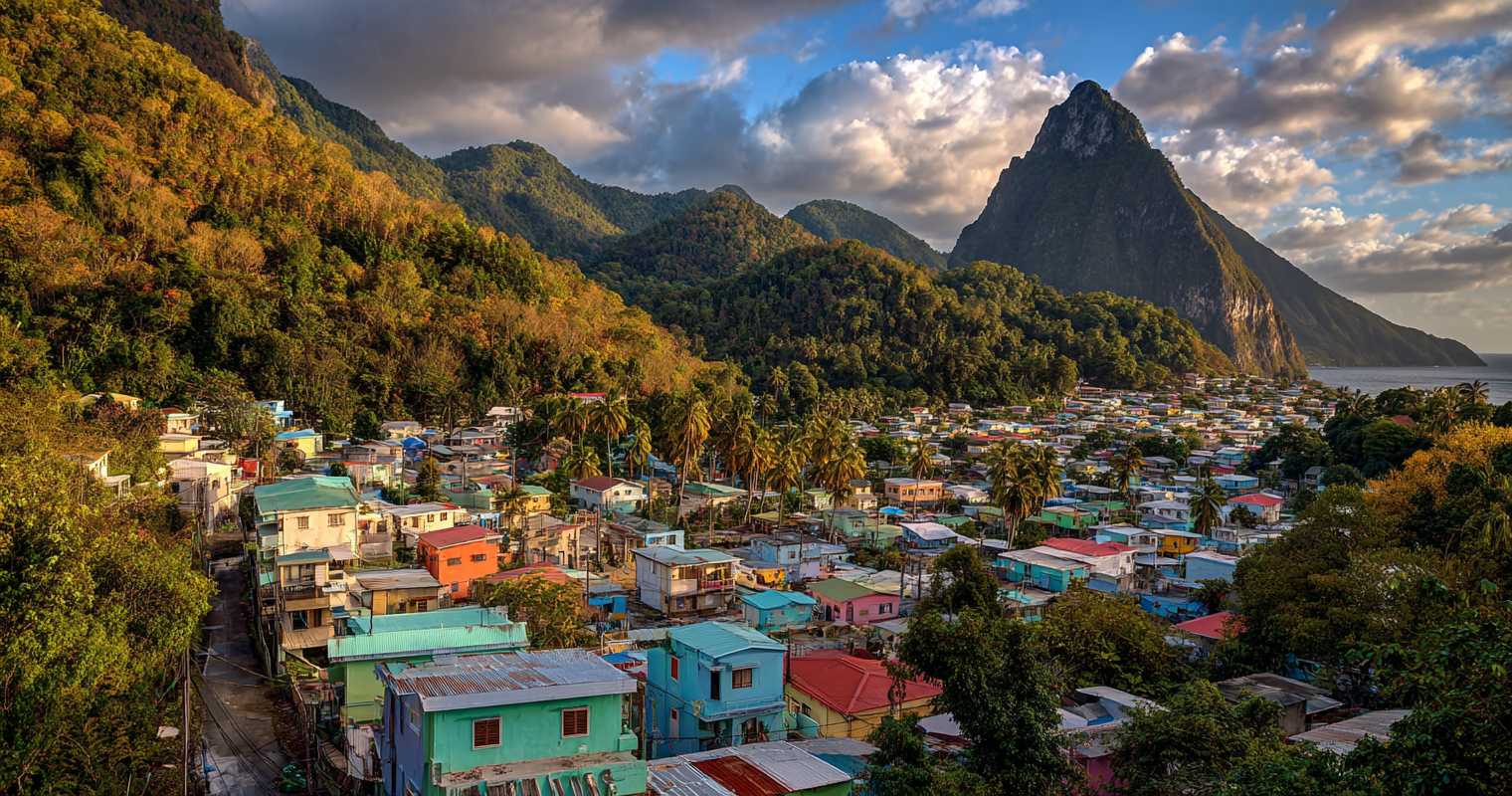
The Saint Lucian History Quiz invites you into the story of an island known for its breathtaking landscapes and deep cultural heritage. Saint Lucia’s history is not only about dates and milestones but about the people who infused the island with creativity and resilience. Its villages once bustled with markets, storytellers, and artisans whose crafts still define the local spirit. Music and dance, influenced by centuries of shared tradition, remain powerful ways the community connects to its roots. From the Pitons rising against the horizon to the busy streets of Castries, every corner of the island reflects its living history. Exploring this past reveals how culture has always been at the heart of Saint Lucian identity.
The Saint Lucian History Quiz also showcases how the island’s culture has flourished through the determination of its people. Families passed down customs through oral storytelling, preserving values that gave meaning to daily life. Fishing villages and agricultural communities supported each other while sharing knowledge that strengthened both economy and tradition. Artists, musicians, and educators shaped a sense of pride that still thrives today. Festivals celebrated everything from harvests to local achievements, turning ordinary days into living reminders of the island’s history. These elements form the foundation of a heritage that continues to shape Saint Lucia’s character.
9 Fun Facts About Saint Lucian History
- Saint Lucia is the only country named after a woman, Saint Lucy of Syracuse.
- The Pitons are a UNESCO World Heritage Site and a symbol of the island.
- Music and dance are central to cultural celebrations across the island.
- Handmade crafts remain popular in local markets, showcasing traditional skills.
- The island is home to unique festivals blending cultural and artistic traditions.
- Storytelling remains an important way for elders to pass down history.
- Local cuisine often includes fresh seafood paired with tropical fruits.
- Historic fishing villages have preserved their original charm and traditions.
- Artisans frequently use natural island materials in their creations.
This is a history built from vibrant communities, shared knowledge, and the enduring connection between past and present.
The Cultural Foundations of Saint Lucia
The Saint Lucian History Quiz begins with the island’s cultural traditions, many of which remain central to daily life. Storytelling has long served as a way to pass down knowledge and preserve collective memory. Music fills the air during festivals and family gatherings, with drums and guitars weaving a sound unique to the island. Local cuisine, influenced by generations of shared experience, highlights fresh ingredients and traditional preparation methods. Together, these elements create a cultural identity rooted in history and celebrated in modern life.
Art and craftsmanship also play a major role in preserving the island’s character. From handmade pottery to vibrant paintings, Saint Lucia’s artistic traditions provide a link between the island’s past and present. Markets showcase these creations alongside fresh produce and local delicacies, creating a living museum of culture. These traditions are not frozen in time; they continue to grow, reflecting both heritage and new influences.
The People Who Shaped Saint Lucia
The Saint Lucian History Quiz also highlights the role of its people in shaping the island’s development. Farmers cultivated fertile land while fishermen relied on the sea, forming the backbone of local society. Teachers and community leaders helped nurture education and preserve customs for future generations. Musicians and writers documented the island’s cultural journey, adding to a rich and evolving legacy. Each contribution strengthened the shared identity that unites the people of Saint Lucia.
Community cooperation played a vital role in this progress. Families worked together during planting and harvest seasons, while neighbors gathered for festivals and storytelling nights. These shared experiences reinforced a strong sense of belonging and mutual support. This culture of unity helped ensure that Saint Lucia’s history was not just remembered but celebrated as part of everyday life.
The Lasting Legacy of Saint Lucian History
The Saint Lucian History Quiz emphasizes how history remains an active part of island life. Festivals such as the annual cultural events honor traditions while welcoming new influences. Historic landmarks and vibrant town centers stand as reminders of the past’s enduring importance. Education programs incorporate lessons from history into the modern curriculum, ensuring every generation understands its heritage. Through these efforts, the island’s story continues to evolve while remaining rooted in its cultural identity.
This legacy lives on in the laughter of children playing in village squares, in the scent of traditional dishes prepared for celebrations, and in the rhythm of music that fills the air. It is a heritage that thrives because it is embraced and carried forward every day.
5 Serious Facts About Saint Lucian History
- Many historic buildings have been preserved as landmarks of Saint Lucian history.
- Saint Lucia’s history is shaped by a long tradition of trade and cultural exchange.
- Oral storytelling has been a key method of preserving historical knowledge.
- Local festivals play an important role in reinforcing historical and cultural identity.
- Education has been central to the island’s efforts to maintain cultural heritage.
Saint Lucian History – FAQ
Notable figures in Saint Lucian history include Sir John Compton, the island’s first Prime Minister post-independence, Derek Walcott, the Nobel laureate poet, and Dame Pearlette Louisy, the first female Governor-General of Saint Lucia.
